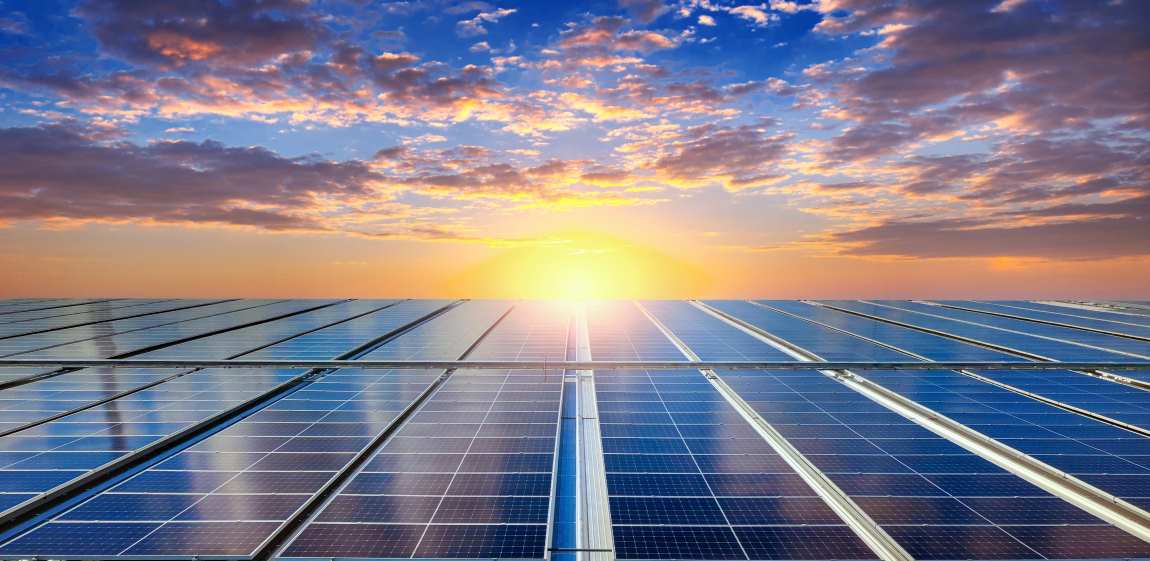SPIE – As the world shifts towards sustainable energy solutions, researchers are exploring innovative technologies that can efficiently convert heat into electricity.
One such technology, thermophotovoltaics (TPV), utilizes heat from thermal emitters to generate power through specially designed photovoltaic cells. TPV systems are gaining attention for their ability to produce energy silently and without moving parts, making them low-maintenance and potentially cost-effective.

A recent study, reported in Journal of Photonics for Energy, provides insights into the economic feasibility of TPV integrated with solar energy and storage systems, highlighting its promise for future energy applications.
The study conducted a thorough techno-economic analysis of a TPV system paired with phase-change materials for energy storage. Researchers used an optimization method to assess the levelized cost of consumed energy (LCOE) and the levelized cost of electricity (LCOEel) across four different scenarios for a typical residential building in Boone, Iowa.
These scenarios were distinguished by variations in key financial factors such as the cost of capital, inflation rates for fuel and electricity, and the capital costs associated with high-temperature energy storage and power generation systems.
The findings revealed a slight reduction in both LCOE and LCOEel, from initial estimates of $0.038 per kilowatt-hour and $0.128 per kilowatt-hour, respectively. This analysis also included a Monte Carlo uncertainty assessment, which examined how different variables could influence these costs over time.
The results suggested that while TPV technology holds significant economic potential, the LCOEel currently exceeds the average electricity price.
The study identified several critical factors that affect the overall cost of TPV systems, including system lifetime, capital costs, inflation rates, and the price of natural gas. By focusing future research on these areas, scientists hope to improve the adoption of TPV technology, lighting the way for more efficient and sustainable energy systems.
Journal Reference:
Manish Mosalpuri, Fatima Toor, Mark Mba-Wright, ‘Techno-economic analysis of a solar thermophotovoltaic system for a residential building’, Journal of Photonics for Energy 14 (4) 042404 (2024). DOI: 10.1117/1.JPE.14.042404
Article Source:
Press Release/Material by SPIE – International Society for Optics and Photonics
Featured image credit: tawatchai07 | Freepik




